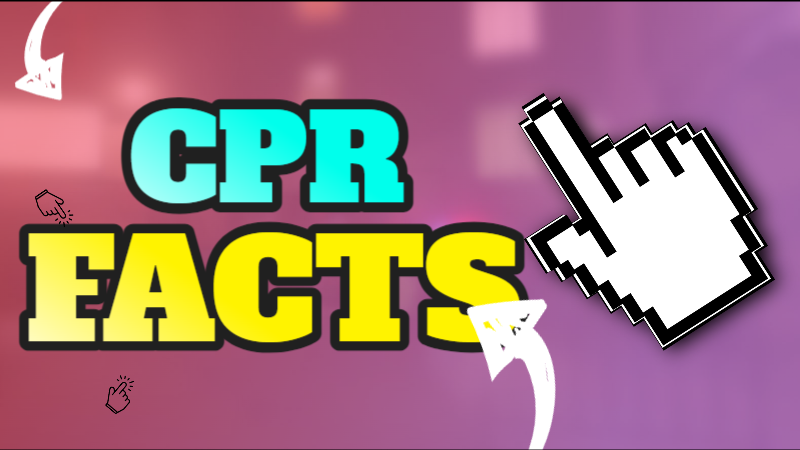In the realm of emergency health care, few techniques are more synonymous with saving lives than Cardiopulmonary Resuscitation (CPR) and the Automated External Defibrillator (AED). These emergency response tools are vital components in the chain of survival, especially in cases involving cardiac arrests. In this blog post, we will discuss how to use an AED while performing CPR, a combination that significantly improves survival rates.
Understanding CPR and AED
CPR is a life-saving technique used during many serious emergencies such as heart attacks or near-drownings when someone’s breathing or heartbeat has stopped. Combining chest compressions with artificial ventilation helps support minimal blood flow to the brain and heart.
An AED, meanwhile, is designed to automatically analyze the heart’s rhythm and determine if a shock is necessary. If it reveals ventricular fibrillation or pulseless ventricular tachycardia – chaotic quivering in the lower chambers of the heart – it advises a shock.
Using an AED during CPR
The integration of AED usage whilst performing CPR can increase chances of survival. Here’s how you can use them together:
1. **Before Starting**, Ensure Safety: Check for hazards before administering either CPR or AED. Make sure they’re neither wet nor near flammable substances.
2. **Call for Help**: Dial your local emergency number immediately. If someone else is nearby, have them call while you administer aid.
3. **Start With Chest Compressions**: If you are trained in CPR, start with chest compressions immediately at a rate of 100-120 per minute.
4. **Turn on the AED**: As soon as it arrives at the scene, switch on the device. It will start providing voice prompts instructing what you need to do next.
5. **Apply AED Pads**: Expose the chest and apply the adhesive pads. One pad should be on the right top side of the chest, and the other on the lower left side.
6. **Let AED Analyze**: Pause any CPR while the AED analyzes the patient’s heart rhythm. This is crucial as any movement may interfere with rhythm detection.
7. **Clear and Deliver Shock If Necessary**: If a shockable rhythm is detected, ensure everyone is clear of contact with both patient and the equipment, then press the shock button if it does not do so automatically.
8. **Resume Chest Compressions**: Immediately after the shock, resume chest compressions for another two minutes before allowing AED to analyze again.
The synchronized use of both CPR and an AED has substantial potential to save lives during cardiac emergencies. Remember, timely intervention is crucial in increasing chances of survival and reducing potential harm to brain function caused by lack of oxygen.
Training in both CPR and AED usage can certainly augment your preparedness for emergency situations – you never know when these skills may prove invaluable in saving a life!
